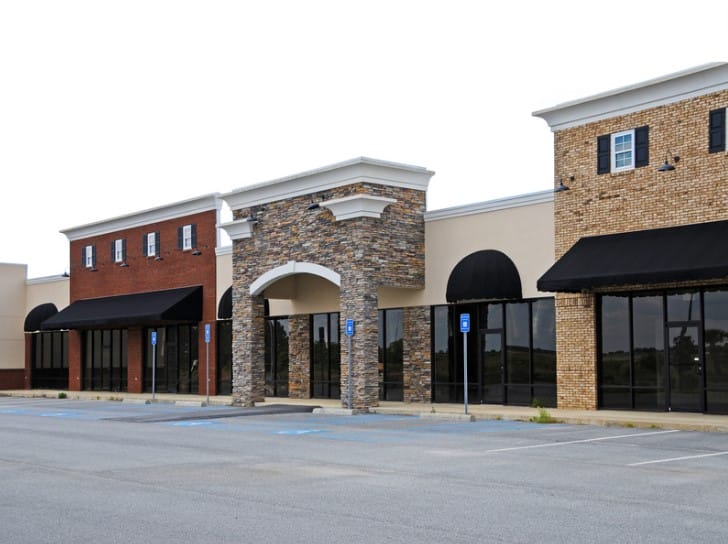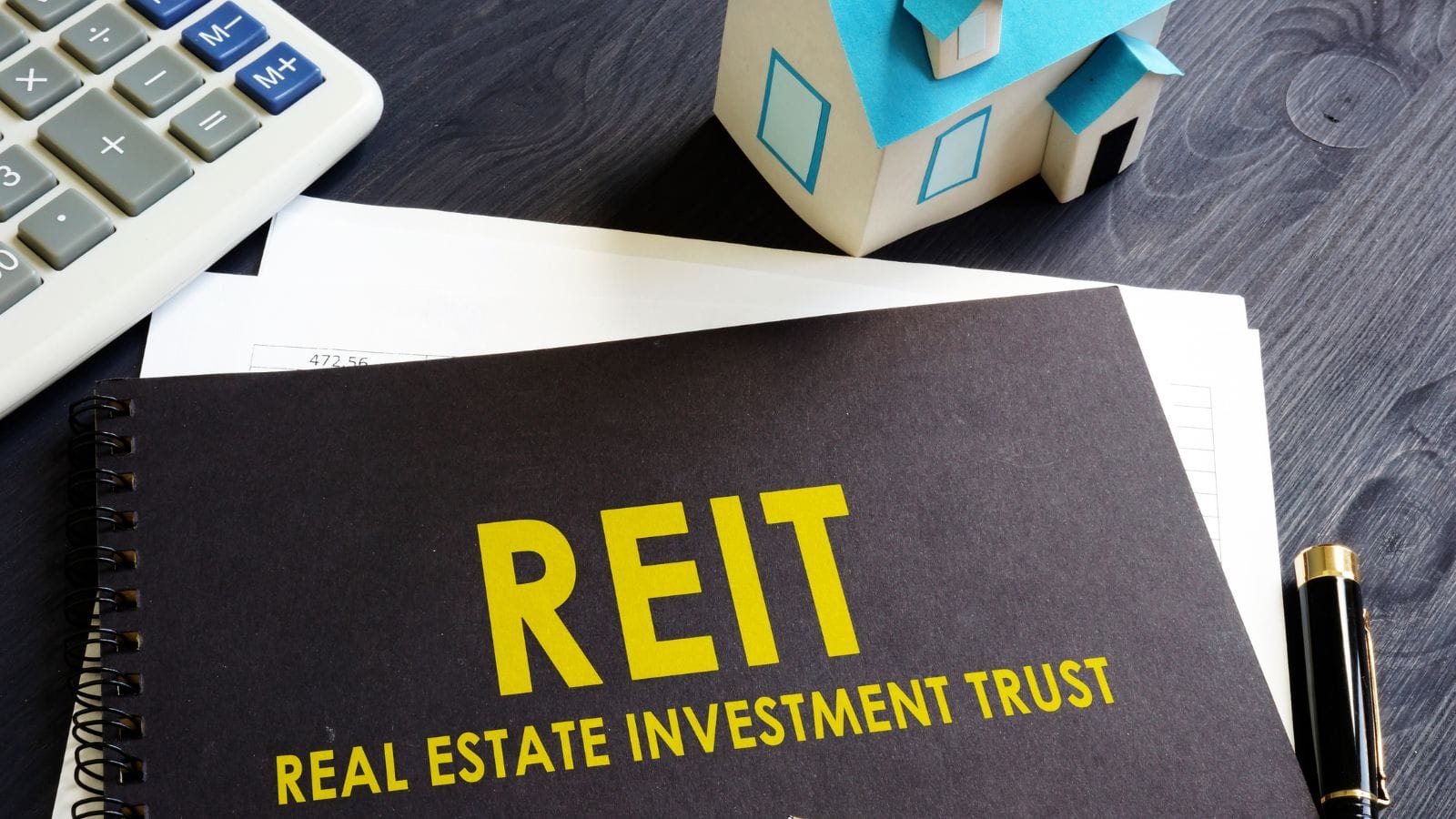The major source of income for all REITs remains the rents they collect from their tenants, but how much do we know about the leases the business operates under? Most of us don’t know much about those leases and the types, such as a triple net lease.
A triple net REIT is a particular kind of business that operates under a specific type of lease that supports the business model and allows them to thrive.
Before investing in REITs, we need to understand the different types of leases, particularly the triple net leases that REITs, as landlords, use for their businesses.
Each type of lease lends itself to a particular business and helps drive the profitability of the tenant and the REIT that owns the property.
Rent collection is a central part of each REIT’s profitability, and the terms of those leases have a bearing on each REIT’s success.
In the day and age of the Coronavirus, rents have become a central focus of the risks associated with investing in REITs. I thought today would be a great time to uncover leases, particularly triple net REITs, to give us a better idea of the risks associated with REITs.
In today’s post, we will learn:
Let’s dive in and learn more about triple net leases and REITs.
Four Major Types of Leases
What is a lease?
A lease is a legal agreement between a landlord, the lessor or, in this case, the REIT, and a tenant, the lease, where the tenant agrees to pay rent for a specific time in exchange for the right to use the space to conduct its business.

Most leases require monthly rent payments, but certain other payments, such as annual premiums, can exist. A lot depends on how the lease is written and the terms the lessor and tenant agreed upon.
Along with the lease’s length of the term, which is usually expressed as months or years, different lease structures define the cash flow streams that REITs can expect.
Tenants and landlords negotiate all the leases’ terms, including the term’s length, expressed as lease length, term, or duration. Other items included in the negotiation:
- Who will pay for operating expenses
- Tenant improvements
- Common area maintenance
- Property taxes
Each type of lease apportions different costs to the landlord or tenant and goes a long way to determining a REIT’s success.
There are four major types of leases, as are broadly defined in the REIT industry. Let’s take a brief look at each.
Gross lease
A gross lease is a style in which the tenant pays the landlord a fixed monthly rent, and the landlord assumes the responsibility for paying all the operating expenses, taxes, and insurance associated with the property.
The costs rise, and the landlord has to absorb them, which means that the landlord assumes all costs associated with the leases, and the tenant’s rent payments never increase.
Needless to say, this style of lease agreement is rare and is usually only seen in short periods or lower-quality properties.
Net lease
A net lease is a lease in which the tenant pays a fixed monthly rent to the landlord and is also responsible for paying all or some of the property’s expenses.
Three levels of “net” express the tenant’s expenses, including the rent.
- Maintenance
- Taxes
- Insurance
A net lease generally assumes the tenant will pay rent plus property taxes. In a double net lease, the lessee will pay rent, property taxes, and insurance, with the landlord taking care of the rest of the expenses.

The other, more common form of net lease is the triple net lease, which we will tackle in just a few minutes.
Modified gross lease
A modified gross lease is similar to the double-net lease, often called a gross industrial lease, in which the tenant pays the rent, plus the property taxes and insurance, and the tenant absorbs any increases in those items.
The landlord pays the operating expenses and maintenance associated with the upkeep of the property.
In the case of a multi-use property and the modified gross lease, the landlord may charge the tenant a CAM (common area maintenance) fee, dividing the charges between each tenant’s square footage.
These leases are common among multi-tenant office buildings, industrial properties, and retail properties.
Full-service lease
A full-service lease is an agreement in which the tenant pays the landlord a fixed monthly rent that includes an expense stop calculated off the base year.
The property owner pays all the monthly expenses associated with operating the property, including:
- Utilities
- Water
- Taxes
- Janitorial
- Trash collection
- Landscaping
The tenant’s advantage is they pay a fixed monthly rent and don’t have to contact the service providers for the other services needed to maintain the property.
These types of leases are often associated with office buildings.
Before we dive into more info regarding the triple net REITs, let’s take a moment to understand the terminology associated with leases.
Common Lease Terminology
Most of us are familiar with paying rent and have signed a lease at some point in our lives, but what do we recognize about the terms inside that lease and their bearing on our investment?

In this section, I thought we would unravel some common terms associated with leases hoping that it helps you understand more fully the lease terms you encounter in the financial reporting of REITs.
Base year
The base year is the twelve months of the lease or the period that lasts the full calendar year that the tenant occupies the landlord’s space. The base year is often used to set the expense stop; more on that in a moment.
Common area maintenance (CAM)
The common area maintenance charges are the expenses that the landlord charges the tenant for the upkeep of the property—often used in multi-tenant buildings such as office buildings, retail, or industrial properties.
Common areas are spaces that are accessible to all tenants, such as lobbies, shared restrooms, and parking lots.
Included in the expenses for maintaining these common areas are the labor and maintenance costs associated with a fitness center or food service area.
CAM fees are in addition to the base rent and are calculated based on the percentage of square footage the tenant occupies and divided among the tenants based on the square footage rented.
For example, if I rent 25% of the building based on my square footage, I pay 25% of the monthly CAM charges.
Escalation clauses
Future rent hikes agreed upon during lease talks, also known as escalators. Escalators can be stated as a percentage of rising tenant revenue or in fixed dollar figures.
They are also tied to increases in the Consumer Price Index (CPI) or negotiated as a set increase in a certain period.
For example, I might agree to a monthly rent of $500 in year one, and then each subsequent year, I agree to an annual increase of $100 for the duration of the lease.
Expense Stops
Expenses stops are items negotiated in the lease and are most common in full-service and modified gross leases.
The basic gist of an expense stop: the landlord will bear any CAM and operating expenses up to a certain expense stop limit, and then the tenant is responsible for the difference beyond the expense stop.
For example, suppose the landlord sets CAM and operating expenses at $5 per square foot per the negotiated lease. In that case, the landlord will cover those expenses up to $5 per square foot, but if it rises above those limits, say $1 per square foot, the tenant is responsible for that additional $1 per square foot.
Leasing commissions
Real estate brokers receive these commissions for representing the tenant and/or the landlord. Typically the broker receives 50 percent upfront and the additional 50 percent of their fee once they finalize the lease.
The commission is determined based on a rate between two to eight percent of the base rent of the first year of the contract.
Operating expenses
These expenses are associated with operating and maintaining the rented areas of the property. Many of the costs are:
- Real estate taxes
- Property insurance
- Utilities
- Janitorial services for tenant-specific areas
The operating expenses do not include structural maintenance, the landlord’s sole responsibility, or interest payments for the mortgage.
All the items considered operating expenses are laid out in the lease negotiations.
Square Feet
Square feet refer to the total area rented to the tenant or available space available for rent.
- Gross square feet – measures the property’s total constructed area to the outside of its walls. Gross square feet don’t represent a metric used unless the tenant rents out the total space, which would refer to the total rentable square footage.
- Rentable square feet – equals the total square footage measurement available for rent. It also includes the tenant’s pro-rata share of the property’s common areas for CAM.
- Usable square feet – represents the amount of space available to the tenants with the space walls. If the tenant rents the whole space, this property represents the total available rentable space.
Tenant Improvements allowance
Also, the TI represents the amount a landlord is willing to kick in to upgrade a space for an existing tenant or entice a new tenant.
Tenant improvements that improve the lease ability of property depreciate on a different schedule than leasehold improvements, which operate on a 15-year schedule, and a 40-year schedule for building improvements.
The tenant improvement schedule for depreciation is on a seven-year schedule.
For newer spaces or spaces not built out, the TI allowance generally remains higher to entice new tenants. The landlords do this because the space consists of a shell and needs to be built out to house any business and entice the landlord to help with the space’s build-out.
Triple Net Leases and REITs
The triple-net lease is common among a specific type of REIT, also known as triple-net REITs.

These REITs are common to these types of businesses:
- Specialty
- Datacenter
- Infrastructure
- Timber
- Diversified
- Retail
Remember that net leases include other charges to the rent, such as:
- Maintenance including water, utilities, janitorial, trash collection, and landscaping.
- Property taxes
- Property insurance
In exchange for these extras, the landlord typically charges a lower rent than the property would allow, but the landlord does this in anticipation of attracting tenants that no longer remain leaseholders.
During good times, triple net leases drive lower income for the REITs than they would normally collect, but the landlord collects the steadier rents, like bond cash flow.
Most investors view the triple net REIT as a more defensive play than other REITs; they are also the least volatile of the sector, especially during times of economic upheaval.
Triple net REITs, based on their business model, grow externally by acquiring additional properties as internal growth is tied to the nature of their leases, which tend to be longer in length based on the nature of the lower rents charged. Most of the rental income growth is tied to inflation, which is low in the current low-interest-rate environment.
Therefore, the capital strength of the triple-net REIT is paramount to its success: its ability to borrow money at attractive rates and maintain its strong credit rating. All of this allows the triple net REIT to borrow money at low rates and allows for lower interest payments, and ensures strong cash flows for dividend distributions.
An advantage that triple-net REITs hold over other REITs is the lower expenses flowing to the bottom line, as the lease structure’s nature allows those REITs to attract longer-term tenants.
Longer-term tenants lend themselves to more consistent cash flows, and more stability allows the landlords to go out and acquire additional properties.
The length of the duration of the lease is fundamental to the long-term strength of the REIT. The lease’s length and structure will help determine the stock price fluctuation during economic stress.
As triple-net REITs are often known, the bond proxies have thrived during the current pandemic, as most of them still have 99% occupancy, and rent collections have remained strong during this time, as opposed to the mall space, which is struggling to collect north of 75% of its rents.
A few top triple-net REITs to consider for your portfolio once you do your due diligence:
- W.P. Carey – WPC
- Realty Income – O
- VEREIT – VER
- STORE Capital – STOR
- Spirit Realty Capital – SRC
Final Thoughts
Understanding the lease structure of any REIT is paramount to finding a strong REIT that will grow your wealth over the long haul.
The triple net REIT is currently the strongest REIT as a sector, and these structures of leases have proven to be the most recession-resistant. The reason for this is the structure of the lease and the long-term nature of the lease.
Businesses that are strong businesses with lower costs on their part help ensure that the business is able to remain solvent during times of economic duress.
The lower rents the triple net REITs collect might, at first, seem counterintuitive, but lowering the tenant’s costs enables those tenants to survive during times of duress. And preserving cash flows by receiving consistent rents is the key to long-term success for the triple-net REIT.
That is going to wrap up our discussion for today.
As always, thank you for taking the time to read this post, and I hope you find something of value on your investing journey.
If I can be of any further assistance, please don’t hesitate to reach out.
Until next time, take care and be safe out there,
Dave
Related posts:
- The 2 Main Types of REITs and Their Risks and Rewards REITs remain a key consideration when contemplating diversifying your portfolio. REIT, which stands for real estate investment trust, offers the ability to invest in real...
- The High Yield Potential from REIT Dividends: Considering Taxes and Safety Many investors look for companies with great dividend yields and distribute great dividends, and REITs are one of the best sources of dividend payers and...
- Net Asset Value Model: A Valuable Tool for Finding the Intrinsic Value of a REIT Real estate investment trusts, or REITs own, manage, and finance income-producing properties. By law, these businesses must distribute at least 90% of their profits to...
- REITs Valuation: Methods, Metrics, and Analysis (Simplified) Updated 2/7/2024 Investing in real estate is one of the classic asset allocations investors must choose, but not everyone has or wants to own physical...
